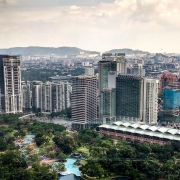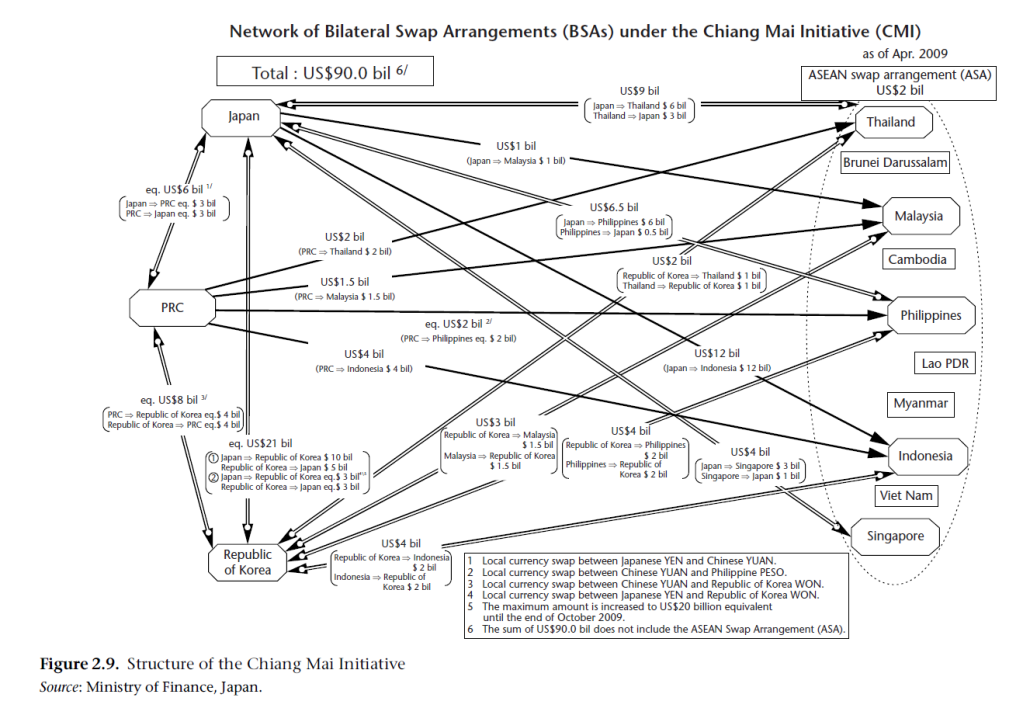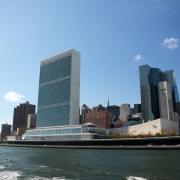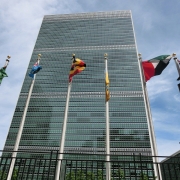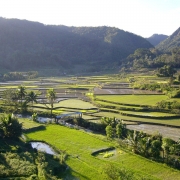What is the Look East Policy of Malaysia?
Topic of Study [For H2 History Students]:
Paper 2: Economic Development after Independence
Section B: Essay Writing
Theme II Chapter 1: Paths to Economic Development
Historical context: Learning from the best
Six months after Dr. Mahathir assumed the role as the Prime Minister of Malaysia, his administration launched the ‘Look East Policy‘ in February 1982, which called upon Malaysians to emulate the Japanese work ethic and business management techniques. By doing so, the government aims to acquire Japanese expertise and capital through bilateral trade and investment.
To Mahathir, the definition of ‘East’ consisted of Japan and South Korea. Interesting, Taiwan and Singapore were not being raised as case study references.
Mahathir also mentioned two features which Malaysia proposed to adopt from the Japanese model. One was the concept of Malaysia Incorporated, intended to encourage business owners and workers in the public and private sectors to work together. Another was to create large companies based on the Japanese sogo shoshas (the large trading companies), although in Malaysia these were not developed as rapidly as the Prime Minister would have wished.
An excerpt from “Malaysian Politics Under Mahathir” by Diane K. Mauzy and R. S. Milne.
Two-pronged approach
The ‘Look East Policy’ had two parts. First, Malaysians studied at the Japanese universities. Second, trainees worked at Japanese industries. The program was mainly financed by the Malaysian government, while the Japanese counterpart deployed Japanese trainers and covered part of the expenditure.
No one can dispute that Japan achieved a miracle when it rebuilt itself after the war. How did it do it? It did it by not being advised by other people. It did it in its own way. The only advice it accepted was to produce high quality goods, goods of world standards, so as to be accepted by the world markets. The rest was entirely Japanese.
[…] Japan has been censured for the close cooperation between the government and the corporations. Japan incorporated was regarded as some kind of cronyism involving the government and the private sector. Malaysia sees nothing wrong in the close collaboration between government and the private sector. The government should help the private sector to succeed because a large chunk of the profits made by the private sector belongs to the government. In helping the private sector the government is actually helping itself.
An excerpt from a speech by Dato’ Seri Dr. Mahathir bin Mohamad, Prime Minister of Malaysia, on “Look East Policy – The Challenges for Japan in a Globalized World“, in 2002, marking the 20th anniversary of the ‘Look East Policy’.
Dr. Mahathir held a firm belief that the ‘Look East Policy’ was vital in realising his Vision 2020, an aim to transform Malaysia into fully developed nation by doubling the Gross Domestic Product (GDP) every decade between 1990 and 2020. Japan was identified as a integral role to fulfil this national aim.
A pipedream in the making?
However, government efforts to emulate the successful Japanese model were obstructed by several factors. One such problem was the cultural differences. For instance, the Japanese employees have adapted to long working hours, but there was resistance from the Malaysians.
Another issue was related to the differences in economic development. While Japan was a pro-Capitalist developed nation, Malaysia was still in the process of transforming from a developing nation to a newly-industrialised economy.
The application of the ‘Look East Policy’ can be traced to the establishment of the Heavy Industry Corporation of Malaysia (HICOM) in 1980, which was also key feature in Mahathir’s policymaking in the 1980s. With the help of a team of United Nations development experts, HICOM formed companies, such as the Proton Saga national car project (Perusahaan Otomobil Nasional) and the Perwaja Terengganu steel mill.
While still Minister of Trade and Industry, Mahathir contacted Mitsubishi, apparently without sounding out any other possible Japanese partners, and reached agreement with Mitsubishi.
[…] There seems to have been reluctance to make use of knowledgeable Chinese in the Proton project. However, on marketing and selling, the government relied on existing Chinese firms. There was some truth in comments that the Proton was not really a Malaysian car, but a Japanese car with a Malaysian “chop” (name). In 1994 Mahathir accepted this, admitting that Malaysia would not have the know-how to produce a fully fledged car for ten to fifteen years.
An excerpt from “Malaysian Politics Under Mahathir” by Diane K. Mauzy and R. S. Milne.
What can we learn from this article?
Consider the following question:
– How far do you agree that external actors were more important than domestic actors in promoting economic development of Southeast Asian states?
Join our JC History Tuition to learn more about the Paths to Economic Development. The H2 and H1 History Tuition feature online discussion and writing practices to enhance your knowledge application skills. Get useful study notes and clarify your doubts on the subject with the tutor. You can also follow our Telegram Channel to get useful updates.
We have other JC tuition classes, such as JC Math Tuition and JC Chemistry Tuition. For Secondary Tuition, we provide Secondary English Tuition, Secondary Math tuition, Secondary Chemistry Tuition, Social Studies Tuition, Geography, History Tuition and Secondary Economics Tuition. For Primary Tuition, we have Primary English, Math and Science Tuition. Call 9658 5789 to find out more.

